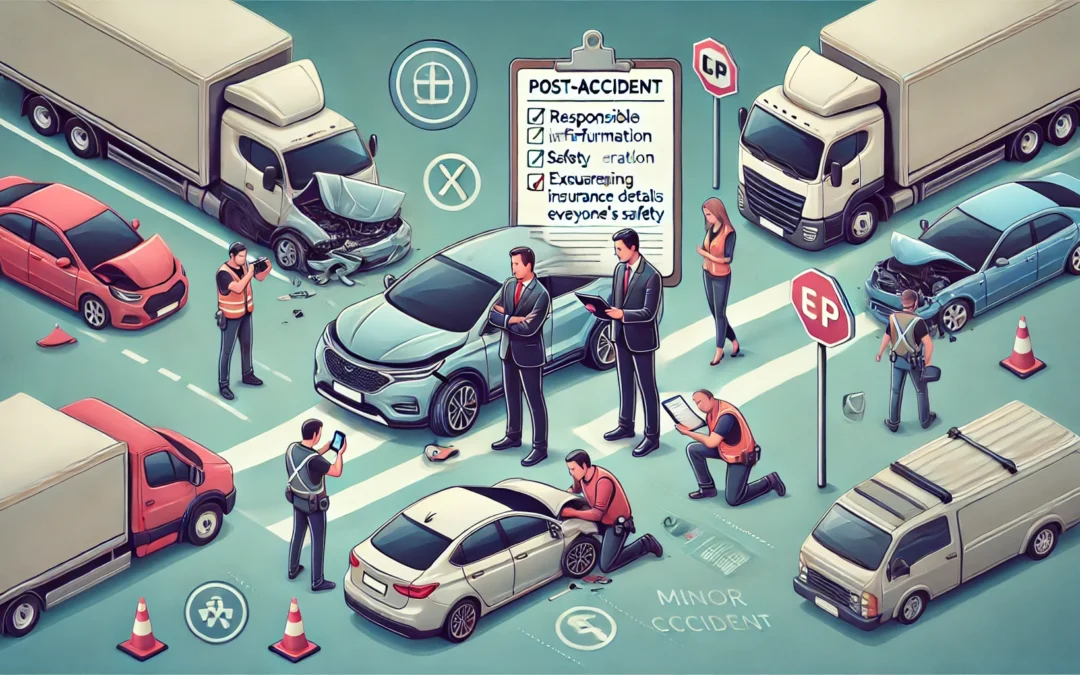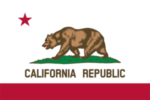
Dealing with Collisions: What You Need to Know
Dealing with Collisions: What You Need to Know
Even the safest drivers may find themselves involved in a collision at some point. Understanding what to do after an accident can make a big difference in how you handle the situation, protect yourself legally, and ensure everyone’s safety. Here’s a guide to what steps you should take if you’re involved in a collision.
1. Ensure Safety First
After a collision, the safety of everyone involved should be your top priority. If the accident is minor:
- Move to a safe area: If possible, move your vehicle out of traffic to prevent further accidents. This could mean pulling over to the shoulder or into a nearby parking lot.
- Turn on your hazard lights: This alerts other drivers that there’s a problem and helps prevent additional collisions.
- Check for injuries: Ensure that you, your passengers, and the occupants of the other vehicle are not injured. Call 911 if there are any injuries, no matter how minor they seem.
Remaining calm and ensuring everyone’s safety is the most important first step after a collision.
2. Exchange Information
Once the immediate danger has passed, it’s crucial to exchange information with the other driver(s). This will help with insurance claims and legal processes. The key pieces of information to collect include:
- Name, address, and phone number of the other driver.
- Driver’s license number.
- License plate number.
- Insurance details, including the company and policy number.
- Vehicle make and model .
Be polite and cooperative during this process, but avoid discussing fault or assigning blame at the scene.
3. Document the Scene
To protect yourself, it’s important to document the accident thoroughly:
- Take photos: Capture pictures of all vehicles involved, including damage, license plates, and the general surroundings. Also, take photos of any injuries.
- Get witness contact information: If there were any witnesses, ask for their names and contact information, as their statements may be useful later.
- Write down details: Jot down the time, date, and location of the accident, as well as road conditions or any other relevant factors that could be important for your insurance claim .
Documenting the scene helps clarify what happened and can protect you during insurance claims or legal disputes.
4. File a Report
In California, you are required to report a collision to the Department of Motor Vehicles (DMV) if:
- There are injuries (no matter how minor).
- There is property damage exceeding $1,000.
- The other driver was uninsured .
You should file a report within 10 days of the accident. Failing to do so can result in fines or license suspension, so make sure to stay on top of this step.
5. Follow Up With Insurance
As soon as possible after the accident, contact your insurance company to report the incident. They will walk you through the claims process and let you know what’s required from you:
- Provide them with all the information you gathered at the scene.
- Submit photos or documents related to the accident.
- Follow their instructions on getting repairs or estimates.
Being prompt and thorough with your insurance provider can help speed up the claims process and ensure that your vehicle is repaired quickly.





Recent Comments